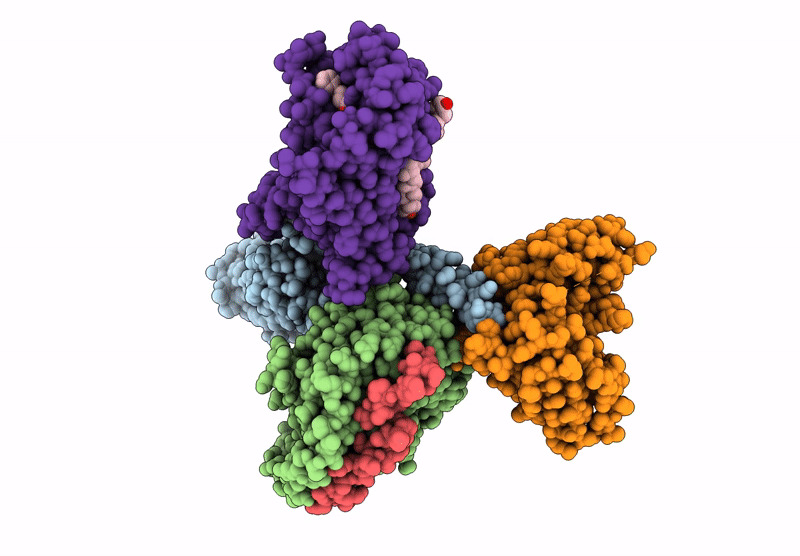
Deposition Date
2024-05-17
Release Date
2025-05-28
Last Version Date
2025-05-28
Entry Detail
PDB ID:
9BUY
Keywords:
Title:
Structure of the LM189-Bound beta2AR-Gi Complex
Biological Source:
Source Organism:
Homo sapiens (Taxon ID: 9606)
Mus musculus (Taxon ID: 10090)
Mus musculus (Taxon ID: 10090)
Host Organism:
Method Details:
Experimental Method:
Resolution:
2.90 Å
Aggregation State:
PARTICLE
Reconstruction Method:
SINGLE PARTICLE


